SUWA’s Position on the Draft Public Lands Initiative (PLI)
It has been more than three years since Rep. Rob Bishop announced he wanted to end public land disagreements in eastern Utah with a “grand bargain.” During that time we have spent countless hours working with Rep. Bishop and Rep. Jason Chaffetz—and their staff members—to try and find a compromise that would advance conservation in Utah.
Unfortunately, the draft public lands initiative (PLI) released today, January 20, does not advance the conservation of public lands in eastern Utah. It is lipstick on a pig and a Trojan Horse that will take conservation backwards. It is a fossil fuel development bill and a giveaway of public resources. We strongly oppose this current draft of the PLI.
The draft PLI is an un-wilderness bill. Although the acreage in the PLI sounds impressive, it would actually result in a net loss of lands managed for wilderness values in the counties it incorporates. The draft PLI also attempts to inflate its wilderness protection figures by designating over 400,000 acres of wilderness in national parks and monuments—as discussed below, though, this will actually harm the parks.
The draft PLI proposes second-class wilderness. Even the inadequate wilderness areas that the draft PLI proposes would be a poor imitation of the real thing. Language in the bill would give grazing more protection in wilderness than it enjoys on unprotected public lands. PLI “wilderness” would also potentially allow the state and county to continue their war against pinyon and juniper forests with large mastication machines inside these supposedly protected boundaries. The wilderness areas designated in the national parks would even decrease the level of protection for those lands because the PLI removes airshed protections for any national park lands designated wilderness.
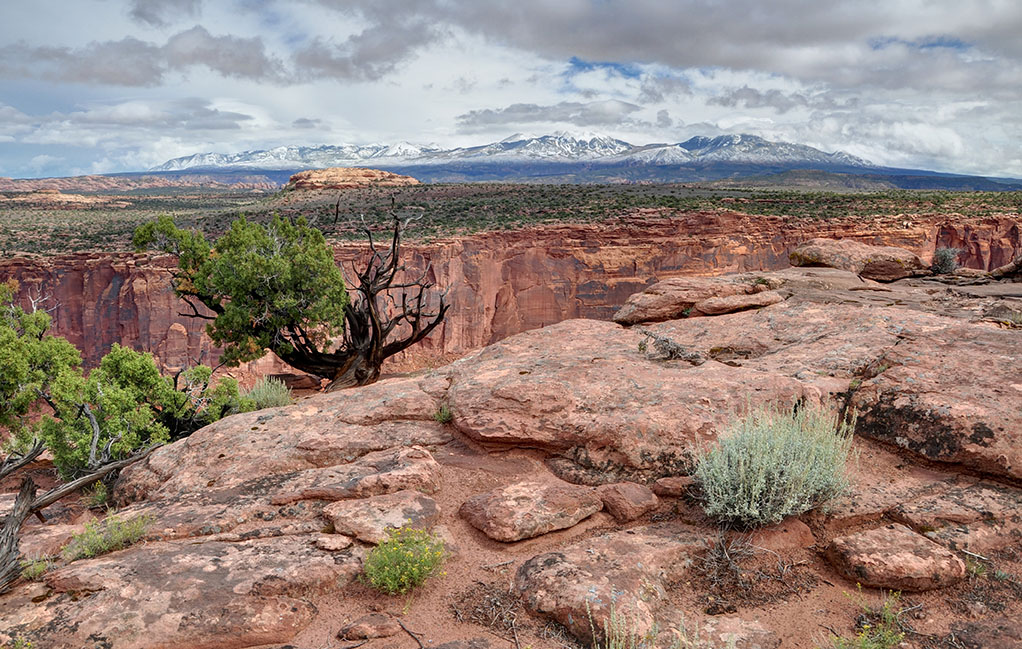
The draft PLI does not protect the Bears Ears region. A coalition of tribes has proposed a 1.9 million acre national monument for the Bears Ears region in San Juan County (which we endorse). On December 31, 2015, these sovereign nations terminated their discussions with the Utah delegation as their views and proposals were not taken seriously. Confirming the wisdom of the tribes’ actions, the draft PLI places much of this region—and the remarkable cultural resources it contains—at risk.
The draft PLI neglects the Nokai Dome, Tables of the Sun, and White Canyon areas. Lands that it does highlight for conservation are riddled with designated roads—the main factor in determining whether cultural sites are likely to be vandalized. The draft PLI essentially makes it impossible to ever close a route in the future.
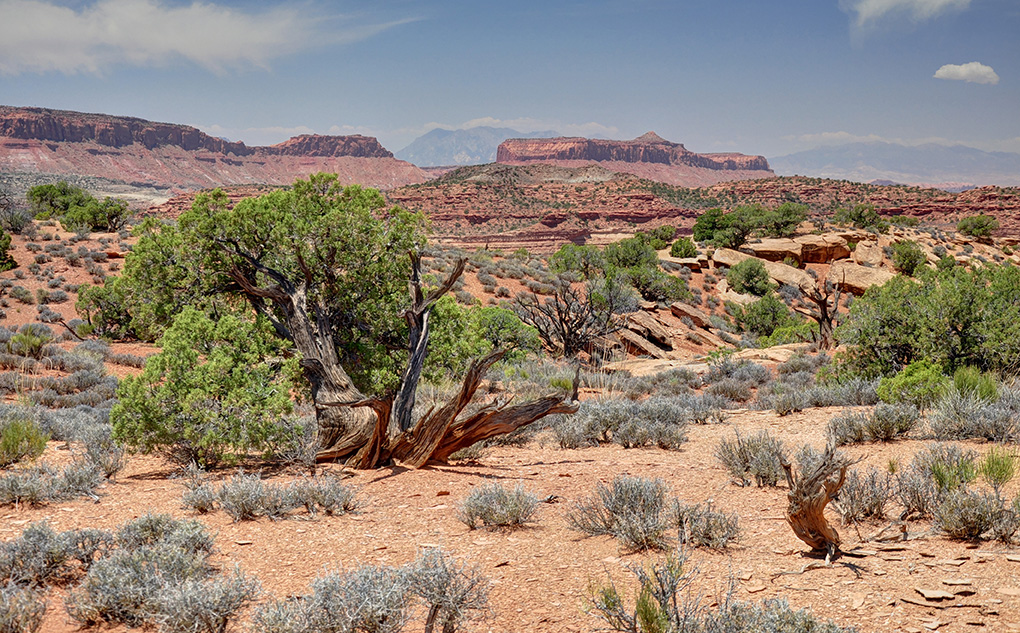
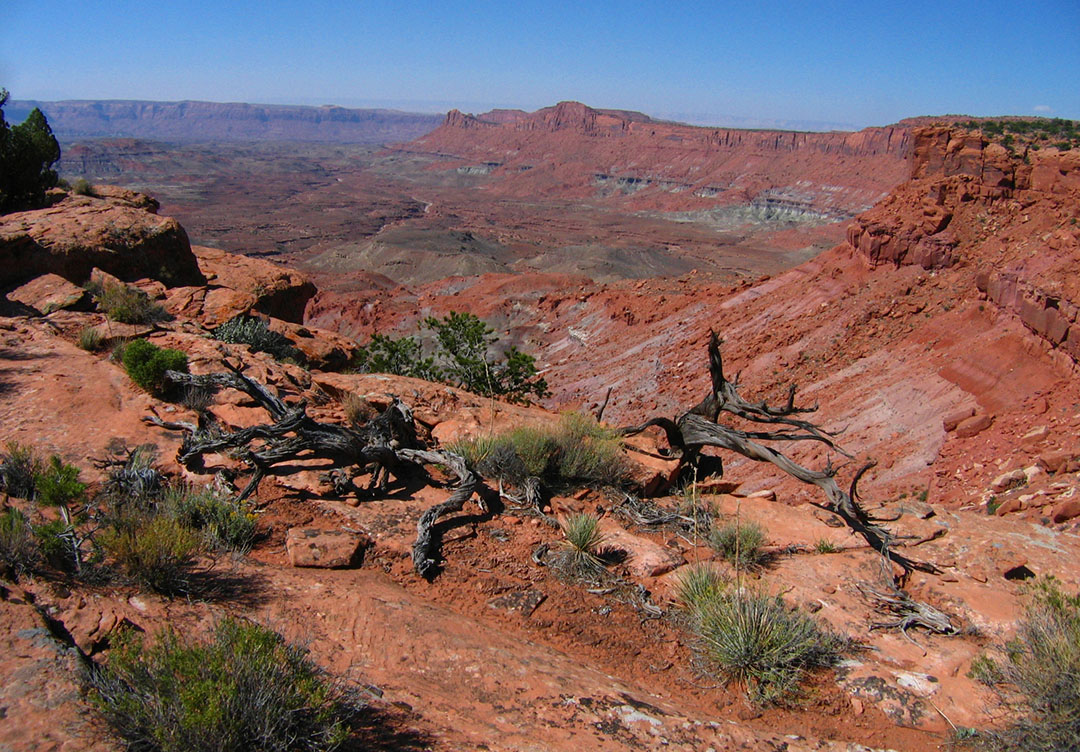
The tribes also sought co-management for this ancestral homeland (which we also endorse). Instead, the PLI would give people like Phil Lyman—the county commissioner convicted and sentenced to jail for leading an illegal off-road vehicle ride through the cultural resources of Recapture Canyon—a role equal to the tribes in land management here, and more than the general public. For three years, San Juan County completely excluded everyone but its own residents from participating in the PLI for this region. The congressional delegation permitted this closed process. Never once have we had a chance to explore compromise here with local officials. As a result, the PLI seems more intended to prevent a presidential monument designation of Bears Ears than to resolve longstanding land disputes. We encourage the President to act to protect this area as soon as possible.
The draft PLI is a carbon bomb. The draft PLI might more appropriately be described as a fossil fuel development bill. While our nation is starting to get more serious about tackling the serious threats of climate change, the draft PLI works in the opposite direction. It dedicates millions of acres of public lands to fossil fuel development and opens up lands currently off limits to energy production. For example, the draft PLI creates massive energy zones, something like anti-wilderness where energy development is permanently enshrined and fostered. The draft PLI opens up currently-protected lands in Desolation Canyon for coal mining and oil and gas development. The PLI gives away protected public lands in the Book Cliffs for oil and gas development and even oil shale. The PLI creates a corridor for the Book Cliffs highway, also known as the “tar sands highway.” The PLI also includes a proposed land exchange that would load the state with sensitive wildlife habitat for the purpose of large-scale energy development.
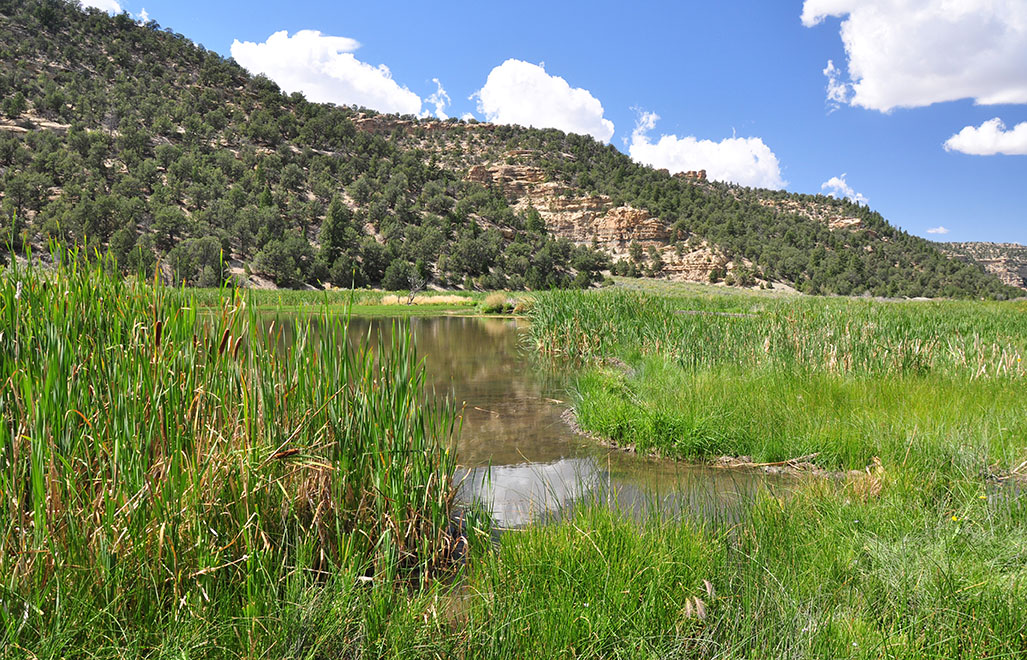
The draft PLI is a public land giveaway. The PLI furthers the land grab agenda by giving away federal lands. As drafted, the PLI grants thousands of miles of rights-of-way to the state and counties to convert cow trails, footpaths, and seldom-used dirt tracks into highways. The PLI then allows the counties and the states to seek, through litigation, additional right-of-way claims in the wilderness areas it designates. The PLI includes a land exchange where the state gives up land with low market values in exchange for more land with a higher market value—yes, you read that right, the state would make out like a bandit. The PLI also gives away tens of thousands of acres of federal land to the state and counties for all kinds of pet projects.
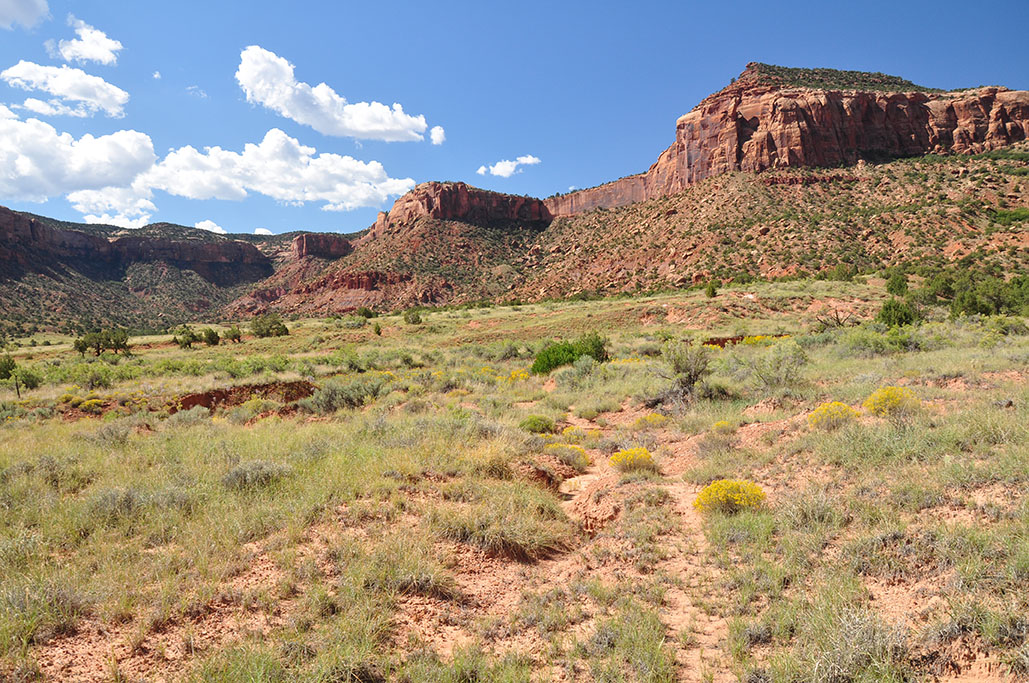
The draft PLI weakens protections in the national parks. As currently drafted, the PLI would actually weaken airshed protections for nearly all of Arches and Canyonlands national park.
The public is left out of the Public Lands Initiative. The congressional delegation has only sought input from rural areas representing 5 percent of Utah’s population and .05 percent (or 1/20th of 1 percent) of the nation’s population. The delegation never held hearings along the Wasatch Front where most of Utah’s population is located. The delegation never sought input from the nation as a whole. The PLI is a county-driven effort.
The draft PLI cloaks its intent behind national conservation areas. Much of the land protection in the PLI comes in the form of “national conservation areas.” These lands do not offer the same protections as wilderness. Current events show that this designation is of little meaning. The Red Cliffs National Conservation Area in Washington County is a perfect example. Despite the fact that this area was designated to protect natural resources and contains critical habitat for the endangered desert tortoise, the Utah congressional delegation is working to designate a highway through its boundaries. If a national conservation area cannot even prevent the construction of a major highway, it is meaningless. The PLI would allow activities such as pinyon and juniper deforestation projects to take place in the national conservation areas it designates. Not only would motor vehicle travel be allowed on all of the Bureau of Land Management’s disastrous resource management plan routes but it would be essentially impossible for land managers to ever close a route in the future. The PLI gives counties such a strong hand in crafting the management of national conservation areas that it would require the BLM to submit a report to Congress if it rejects any county management proposal. This is not a substitute for real protections.
The draft PLI breaks promises. In October 2014, conservationists, Daggett County, Rep. Bishop, and Governor Gary Herbert reached a landmark agreement regarding the public lands of Daggett County (see stories in the Deseret News, KUER, KSL, and KTVX). Rep. Bishop stated that this would be included in the PLI. Rep. Bishop and the Governor said this would be a model for the rest of the PLI. Now, the delegation has broken its promise that the Daggett County agreement would be part of the PLI, all because of an uncompromising county commissioner. Disappointingly, the PLI includes one aspect of the Daggett agreement—a land exchange—but with substantially modified terms. As the governor and Rep. Bishop said, Daggett County is a model for the PLI, showing that a single county commissioner matters more than the rest of the public or than keeping one’s word.
The draft PLI is disappointing, to say the least. Please help us ensure that its skewed and disastrous vision for our public lands is never realized.

